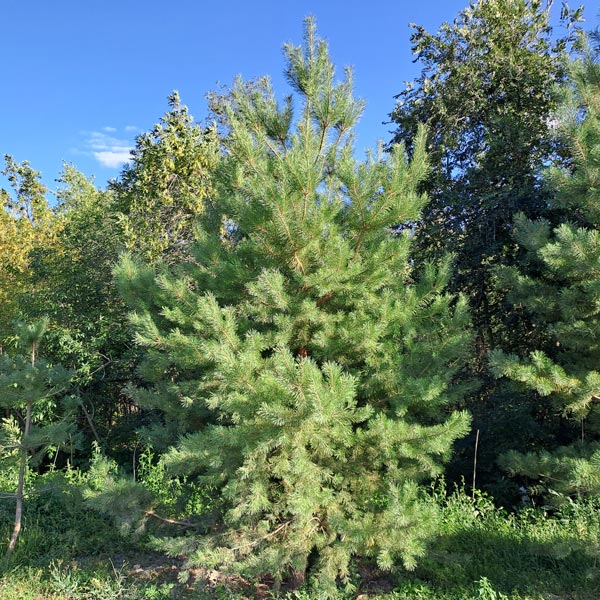Why Do Leaves Turn Yellow, Orange, Brown, Red & Change Color in the Fall in Fayette County, GA?
Fall is an enchanting time of year. The leaves are changing color going from vibrant shades of green to yellow, orange, red, even a few purples and eventually brown. What brings on the color magic in leaves to create such a wonder? Their beauty is something to behold, and so many find the leaf changes fascinating.
Milam’s Tree Service Would Like to Enlighten You Why Leaves Change Color.
Colors are derived from pigment. There are 3 different color pigments produced by leaf cells.
– Chlorophyll (Green) is the most crucial of the three. Chlorophyll is what the trees use to convert sunlight into food.
– Carotenoid (Yellow, Orange and Brown) creates these bright colors familiarly found in fruits and vegetables.
– Anthocyani (Red) is found in plants and fruit to produce the vibrant reds.
Chlorophyll and carotenoid are always present in leaves, but the chlorophyll conceals the carotenoid. Anthocyanin is only produced in autumn. Only a selected few species of trees and plants can bring about anthocyanin. Trees react to the decreasing sunlight that transpires in the fall. Due to the less hours of sunlight in the fall, the less amount of chlorophyll is being produced. When chlorophyll isn’t overabundant, the carotenoid (already present) gets it’s turn to shine. The red colors are a bit more fickle. Some fall seasons, their leaves reds may seem to be at high intensity levels, and other years may appear more dull. The temperatures, and cloud cover play a major role in the red hues. Sunny and warm autumn days and cold but not freezing evenings make reds thrive. In the day time the leaves are working on making the sugar, and the nights cooler temperatures hinders the sugar sap from circulating to the leaf veins, past the branches and down to the trunk. Anthocyanin steps in and contributes a line of defense. They aid the plant by absolving all the nutrients from the leaves before they fall, helping the tree prepare for the next growing season. Anthocyanin emanates the gleaming reds, crimsons and purples. The yellow and orange shades don’t alter too differently from year to year as it is always present and weather conditions doesn’t influence any changes.
Weather does play a part in the autumn leaf vibrancy and arrival, however. A severe drought can delay the autumn changes in leaves by a few weeks. A warm, wet span during fall will lower the intensity or brightness of colors. A harsh frost will kill the leaves, turning them brown and fall early. If you are observing the weather in hopes of seeing some mother nature’s spellbinding shows, here is what to look for:
– A warm and wet spring.
– A perfect summer, not too hot or dry.
– A fall with many warm and sunny days and calm, cool nights.
Leaves are the weakest appendage on a tree. Branches, trunks and root systems are strong enough to endure the winter months. Leaves, along with any other tissue unable to survive the winter, shed off to ensure the trees survival. Once leaves have fallen, they begin to decompose with the help of bacteria, fungi, earthworms and other organisms, to feed the soils with nutrients. It’s decomposed texture is a spongy humus layer that helps retain moisture from rainfall.
Professional Tree Care Services in McDonough, Jackson, Jonesboro, Fayetteville & Hampton as Well as Fayette, Clayton & Henry Counties Georgia
There is an endless cycle to plant life, each corresponding with the changing seasons and with that, weather and climate conditions. Next time a beautifully colored leaf catches your eye, you will now understand all that took place to provide the earth with remarkable such charm. To keep your the trees on your property healthy and beautiful, call Milam’s Tree Service!










